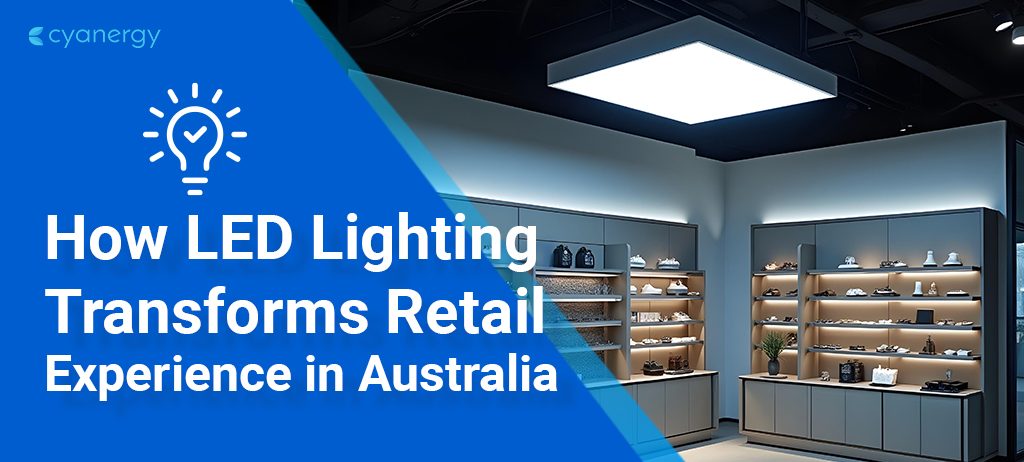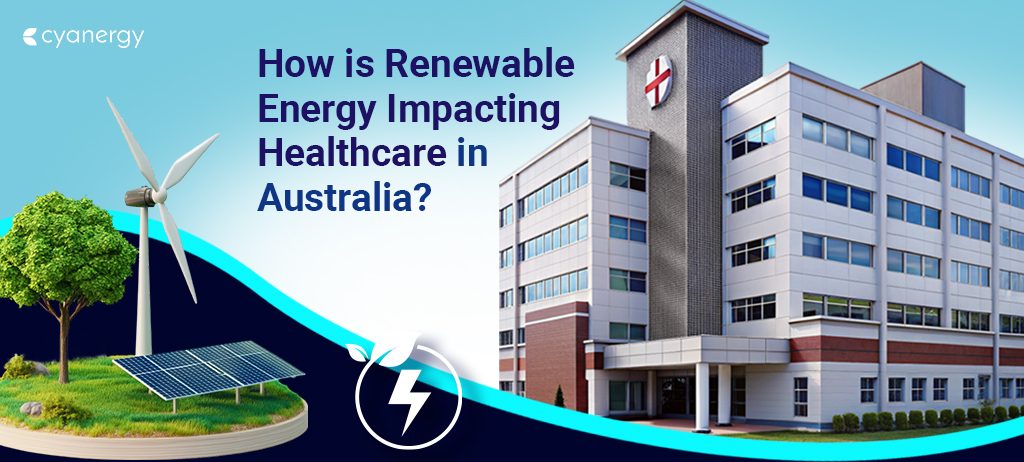LED lighting works differently than traditional light bulbs. To understand how LEDs (Light-Emitting Diodes) work, it helps first to examine how regular bulbs produce light.
Traditional incandescent bulbs use a thin wire called a filament, which gets very hot when electricity passes through it.
The heat makes the filament glow and produce light, but most energy is wasted as heat rather than light. This is why incandescent bulbs are not energy-efficient.
On the other hand, LEDs produce light using different methods. Instead of heating a filament, they rely on electroluminescence.
Every LED contains a tiny semiconductor, a unique material that allows electricity to flow through it in a controlled way. When electricity passes through the semiconductor, it excites the atoms inside, causing them to release energy in the form of light.
This process is much more efficient than heating a filament because very little energy is wasted as heat. This is why LED lights use less electricity while still producing bright light.
Another reason LEDs are so efficient is that they don’t burn out in the same way traditional bulbs do. In a regular light bulb, the filament eventually wears out and breaks, causing the bulb to stop working.
Since an LED has no filament, it has nothing to burn out. Instead, LEDs slowly become dimmer over time rather than suddenly stopping. This means they last much longer, often tens of thousands of hours, before needing to be replaced.
LEDs are also designed to produce different light colours without needing coloured filters. In traditional bulbs, a filter is placed over the white light to create other colours, blocking some wavelengths and letting only specific colours pass through.
This wastes some of the light. LEDs, however, can be made from different semiconductor materials that naturally produce different colours when electricity passes through them.
This is why LED lights are available in a wide range of colours and can even be programmed to change colours in some cases.
Because of their efficiency, long lifespan, and ability to produce different colours, LEDs are now used everywhere, from homes and offices to cars and streetlights.
They are also used in electronic screens, such as smartphones and televisions, because they produce bright, clear images using less power.
LED lighting uses tiny semiconductors to produce light efficiently without generating too much heat. This technology has changed how we light our homes, stores, and cities, offering a smarter, longer-lasting, and more energy-saving solution than older lighting types.








Leave a Reply